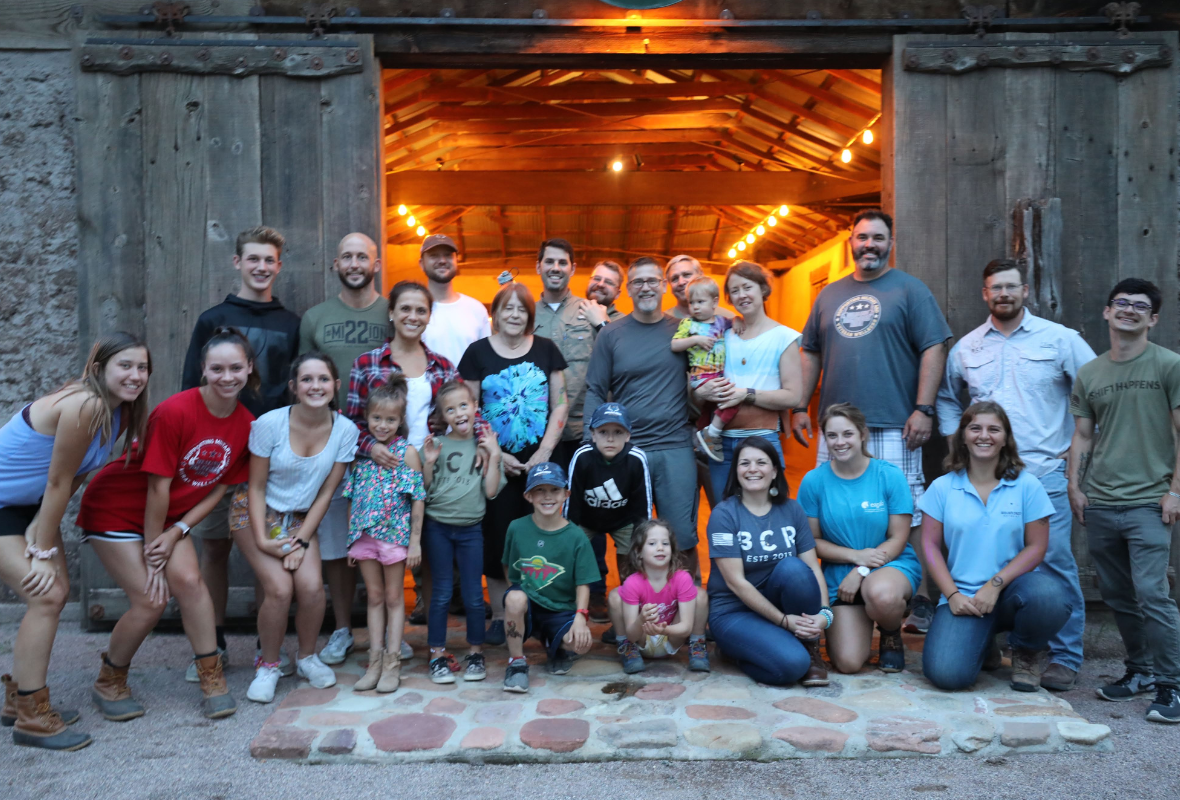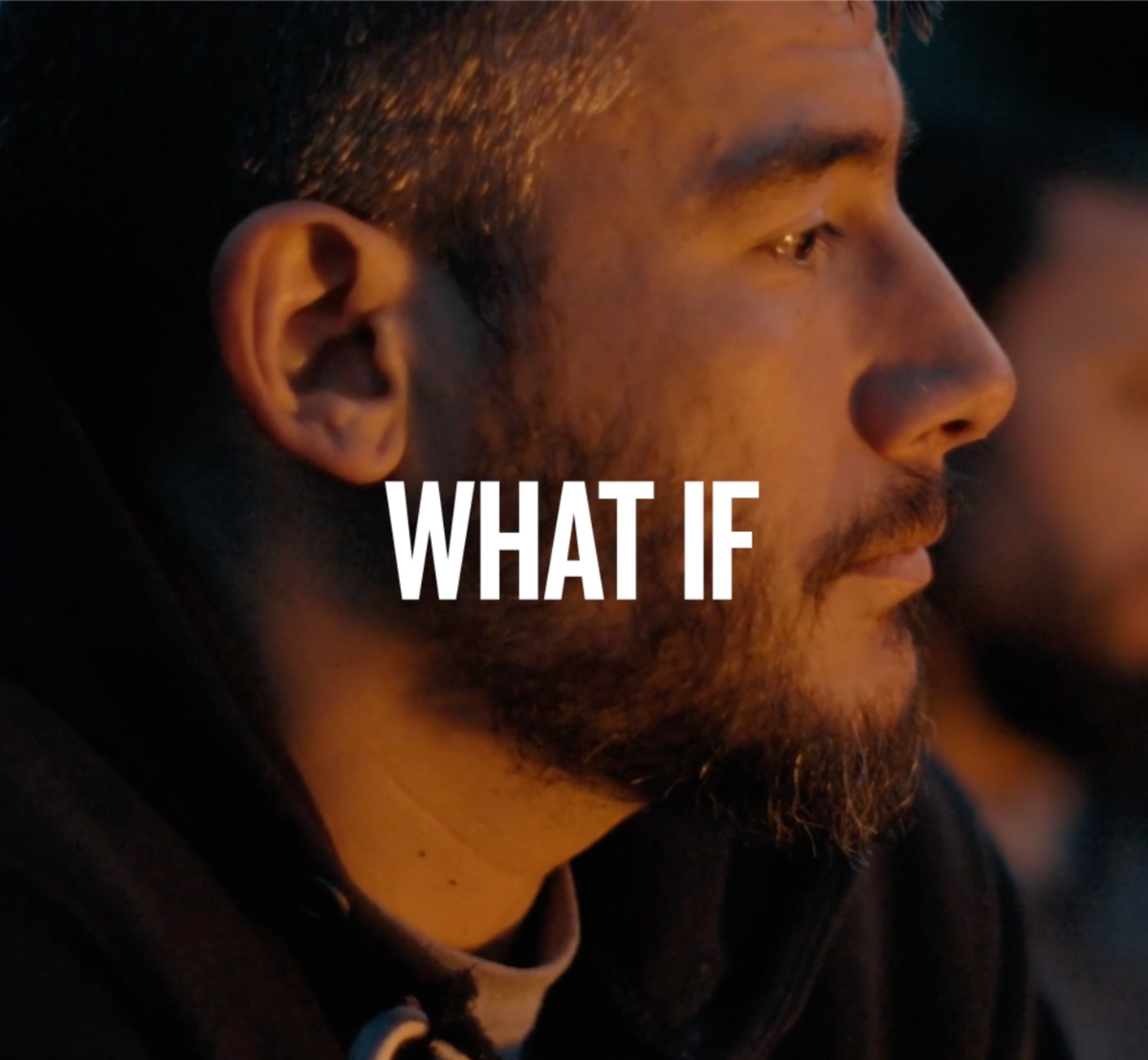Build me a son, O Lord, who will be strong enough to know when he is weak, and brave enough to face himself when he is afraid, one who will be proud and unbending in honest defeat, and humble and gentle in victory.
Read the Book “Transformed by Trauma” https://www.amazon.com/Transformed-Trauma-Stories-Posttraumatic-Growth/dp/B084QKXBDZ
POSTTRAUMATIC GROWTH IS BEST DESCRIBED BY THOSE WHO EXPERIENCE IT
When Tedeschi and Calhoun first examined the experiences of trauma survivors who were living well, they initially conducted interviews of people who had gone through traumatic experiences. They listened to the various stories and asked questions based on what they heard. They found certain patterns and commonalities among the various stories. By being open to what people told them about their experiences and by representing these experiences accurately, the concept of posttraumatic growth emerged. These initial studies of people who suffered physical disabilities in adulthood, and who endured the pain associated with the loss of a loved one, provided a template for what the experiences of other trauma survivors might be.
A few years before the initial studies of Tedeschi and Calhoun, William Sledge, a former Air Force psychiatrist, and his colleagues had published their study of the pilots who had been captured during the Vietnam War. The pilots had spent years as prisoners of war in terrible, unthinkable conditions. Sledge described how these men had somehow returned home, not broken, but better because of their experiences. They reported a variety of positive changes in themselves.
Again, we find that researchers who paid close attention to the experiences of others, rather than to preconceived ideas about these experiences, were rewarded with insights that would otherwise have been hidden from them. This is an important point as mental health professionals are typically trained to look for dysfunction and disorder versus wellness and growth. As a result, the positive changes following trauma are often overlooked.
This book uses the same approach as these early researchers. You will hear the voices of those who have experienced trauma, and descriptions of their path to posttraumatic growth. Together, we will understand how this process occurs so that you may be able to see posttraumatic growth in yourself and the people around you. You may be in a better position to encourage yourself and others who are on the posttraumatic growth path. If we have done our job well, you will understand how the struggles from the men and women in this book were transformed into strength. You will appreciate the fact that light can be found even in the darkest places. And you will come to realize that the same forces that reside within them are within you as well.
As we have said, most of the people whose voices you will hear have a military connection. We deliberately chose these people for the following reasons. First, given our work with Boulder Crest, our clinical work with veterans, and other military connections we have, we know these individuals personally or through others who do. Second, we know that their experiences represent incredible stories of growth and strength. Third, military families seem to have a certain ability to respond to adversity with strength. This appears to be associated with military training and the attitude they have been exposed to for years. They are likely candidates for posttraumatic growth given this background. Other people who are suffering a variety of traumas can learn from their approach even without military training and experience.
…military families seem to have a certain ability to respond to adversity with strength. This appears to be associated with military training and the attitude they have been exposed to for years. They are likely candidates for posttraumatic growth given this background. Other people who are suffering a variety of traumas can learn from their approach even without military training and experience.
THE UNIVERSAL IN THE INDIVIDUAL
In working with people with military backgrounds over the years, we have found some common themes in their stories. Some of these themes have to do with their reasons for enlisting in military service. Some common examples relate to what their training taught them, their gratitude for their experiences, and their disappointments and traumas. Other examples include their attachments to others they served with and the struggles they faced upon returning to civilian life. For the spouses and family members, we’ve heard about how they struggled to maintain connections with their loved ones. We’ve heard how connections with other military families were important in sustaining them and how many civilians did not understand much about military life. And we’ve heard how even though they looked forward to the return of their warriors from deployment, there was often struggle to understand their experiences and to reintegrate them into family life.
All of these common themes have their individual expressions. Every person’s experience is unique in some way. We have found that all trauma survivors, no matter what their particular backgrounds and experiences, have much in common. Just as we described when discussing posttraumatic growth in various cultures, military and civilian trauma survivors have much in common even though they are of different cultures. So, if you are a civilian reading this book, you will identify with much of what these military service members and their families say. If you have a military background, you will find some of your particular experiences to be different even though you share the military culture.
WHAT WE CAN LEARN FROM MILITARY SERVICE MEMBERS
Military service members have experiences that are particularly challenging and that are catalysts for posttraumatic growth. These experiences may not be unique to military service, but they are more common among this group and are experienced more intensely, especially if combat is involved.
People choose to serve in the military for various reasons. These include a wish for adventure, a challenge to self to become more capable, a way to obtain military financial benefits, an escape from problems in the civilian world, a desire to serve their country, a family history of military service, or a combination of any or all of these. Some of the challenges of military service are expected, and taken on voluntarily, but others can be surprising, or can be of an intensity not expected. Some people enlisting in the military understand that they will be exposing themselves to a degree of risk, but think that they will survive intact, physically and psychologically. Civilians, too, understand there is a risk in their lives due to illness, natural disasters, accidents, and other losses. However, like military members, they can proceed in life with a sense that they will not be afflicted with the worst of it. In general, we have a tendency to believe that “really bad” stuff happens to other people, but not to us. This is most likely a self-protective measure. If we didn’t possess at least a small degree of denial about the potential harsh realities of life, we’d constantly be overwhelmed with anxiety waiting for another trauma to unfold.
But unlike civilians, military service members receive some specific training for managing the risks of serving in such a difficult culture. Preparation or readiness in the military can reduce the effects of trauma or allow people to manage better in the aftermath. In terms of posttraumatic growth, military training can be repurposed to apply to the aftermath of trauma and reintegration into civilian life. We will see how this is the case in the stories that follow and how civilians can make use of some of the same lessons.
In terms of posttraumatic growth, military training can be repurposed to apply to the aftermath of trauma and reintegration into civilian life.
There are many circumstances in the military where relationships become incredibly close and there is a camaraderie that may be more intense than in any other circumstance in life. This is especially true in combat situations. Relying on each other is a life and death-matter. This then is training in trust and self-sacrifice. These capabilities can be useful when people are needing to trust their stories to others in order to manage the aftermath of trauma. However, one of the problems military service members face is that the strong bond of trust they experienced is difficult to build in other circumstances. It can also be difficult to maintain once a service member transitions out of the military.
Military service members are used to being prepared for missions and achieving them. The ability to successfully complete a mission creates a strong sense of pride in a unit and for the individual. This mission focus, including a commitment to sacrifice oneself for the sake of the mission, can be used to great effect in the aftermath of trauma. Posttraumatic growth includes a sense of purpose, and often a new mission.
We saw previously that being the outsider in a culture as a result of experiencing trauma can be a good position from which to see the need for change. Outsiders are willing to question the “status quo.” They do not fit in so easily and do things the way everyone else does. Therefore, they can be innovators. In the case of posttraumatic growth, we are speaking of being an innovator in living life well. Military service members and their families can feel like outsiders, even in communities where there are military bases. They may have a sense of what can be changed and improved, and they may be able to harness their military training and attitude to accomplish the change.
We saw previously that being the outsider in a culture as a result of experiencing trauma can be a good position from which to see the need for change.
FINAL THOUGHTS
We use the experiences and voices of military service members, veterans, and their families in this book because we know their stories through our close associations with them. We understand them, we have cared for them, they have inspired us, and we honor their sacrifices. We also see that they have a unique perspective on the risks of life, the closeness of death, the importance of strong bonds with others, a willingness to be separate from accepted cultural expectations, and a desire to serve. These aspects of living are intimately involved in the posttraumatic growth experiences of many trauma survivors. We think that military service members are forced by their circumstances to give extra consideration to these things that are a part of the pathway to posttraumatic growth. In this way, they can serve as guides for all trauma survivors. There is much to learn from our veterans and those who surround them. We hope that their stories are an inspiration to you and cause you to consider how your life has changed, or can change, as a result of trauma.
Give strength & hope to those who serve
Your support powers life-changing programs offered at no charge to veterans, military, first responders, and their families. With your help, our Warriors won't just survive — they'll thrive.

